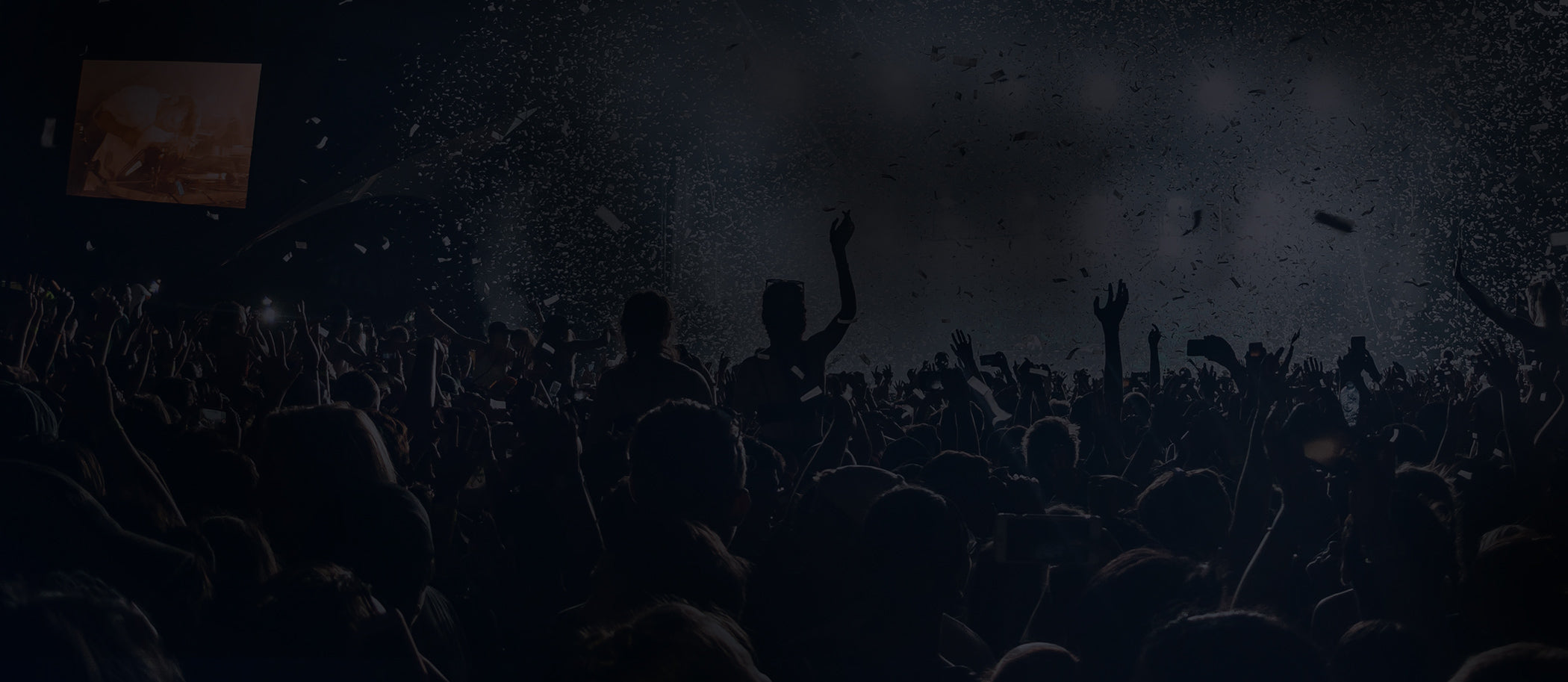How to build stage lighting colors ?
The stage performance art is a very comprehensive art that includes various stage settings and stage performance effects. The departments are include lighting, props, stage makeup, costume effects, etc.
These stage facilities can produce the best artistic performance and bring the audience a beautiful visual and auditory enjoyment. They are all flexible and adapt to the scene continuously as the plot of the story changes.
In modern stage performance art, more and more high-tech technologies are widely used. The status of stage lighting is also more critical, playing a vital role in stage performances. The colors presented on the stage can bring a strong visual aesthetic experience to the audience, show a strong artistic expression, and use color changes to guide the development of the plot, thus relying on the theme of the stage performance.
To make the stage performance more enthusiastic for the audience and arouse the audience’s emotional interaction, the themes of theatrical performance must be reflected in the design of lighting colors, and the lighting distribution and color conversion must be done well too.
Effective techniques of color application in stage lighting design
Lighting hardware equipment keeps pace with the timesAt present, the development of digital technology is rapid, and the performance effect of stage lighting is also stronger. For example, 3D, 5D technology, holographic projection, etc. bring a strong visual impact on the audience. Therefore, lighting hardware equipment must be updated in time to keep up too.
Of course, such a stage lighting system requires high technical content, which also requires lighting staff to continuously learning cutting-edge lighting control technology, and can cleverly match the lighting colors in the stage performance.
In the process of lighting control, the relatively difficult part is how to use the computer software system to operate, including the design of wireless transmission of electrode control data, the high-temperature protection of the computer light system, and the timely collection of the light source temperature.
Therefore, when upgrading hardware equipment, you can start from three aspects, including system software design, hardware design, control system simulation, and analysis, etc., using high-tech software to ensure the stability and accuracy of lighting equipment in stage performance.
Color conversion should prominent Color contrastColor contrast is particularly important in the performance of stage lighting. It creates a good mood for conveying the emotional changes of the script, and can also present a three-dimensional image of space.
Therefore, lighting designers should make real-time color comparisons based on changes in the plot and the performance of the actors. Lighting designers need to cleverly carry out the contrast between cold and warm, light and dark, color and light area size, and tone contrast. So that the intensity and size of the light can be harmoniously unified, and the audience can be intoxicated.
Of course, the color of stage lighting generally must meet the following requirements: large color brightness can make the audience feel happy and relaxed, and low color brightness can make the audience feel dull and solemn; if there is a big difference between the two colors at this time, the contrast effect is very obvious.
If a color is surrounded by other relatively bright colors, it will become darker, and it will appear brighter by surrounded by dark colors. It can be seen that lighting controllers must have a high technical level, master the basic principles of color contrast, and cooperate with stage performances to show the audience perfect stage art.
The use of colors must embody emotional symbolsColor can also be said to symbolize the emotion of the drama script and the emotion of the performer. Therefore, the use of color in the stage lighting design should bring out emotions, attack the hearts of the audience, and arouse resonance.
The change of the lighting color will also bring the emotional change of the audience. Since the emotional expression of the color of the light is completely different from the emotional symbol.
For example, the emotions conveyed by white light are innocence, light, and holiness; the emotions conveyed by black light are sin, suffocation, and terror. If you contrast the white and black, it will produce a unique effect. If you blend white and black together, the picture presented is that the light emerges from the darkness, and the atmosphere changes suddenly.
The green light generally sets off the green scenery, conveying a vigorous and spring scene, giving people a return to innocence, tranquil and leisurely emotional psychology, and can purify the audience’s soul. The Yellow light is a psychological hint of maturity and warmth. It generally presents a fruitful, autumnal scene, conveying pleasant and relaxing emotions. The red light will give people a strong impact, often reflecting impulse and passion. Emotions symbolized include strength and justice. The atmosphere created by the stage is strong, which can easily arouse the enthusiasm of the audience. The Blue light is depression and sadness and is generally used in tragedies to create a sad atmosphere.
Stage performance requires the actors to have profound stage performance skills, and also requires a series of hardware equipment support, such as lighting and color to create a beautiful stage performance effect. So that the audience can immerse in the stage performance in a short time, and get a strong aesthetic experience and resonance to the heart.
Therefore, in the design of stage lighting, we must master the basic principles of color application, make good use of it in stage performances, and adjust the color of the lighting with the change of the plot, so as to achieve a successful stage performance.

